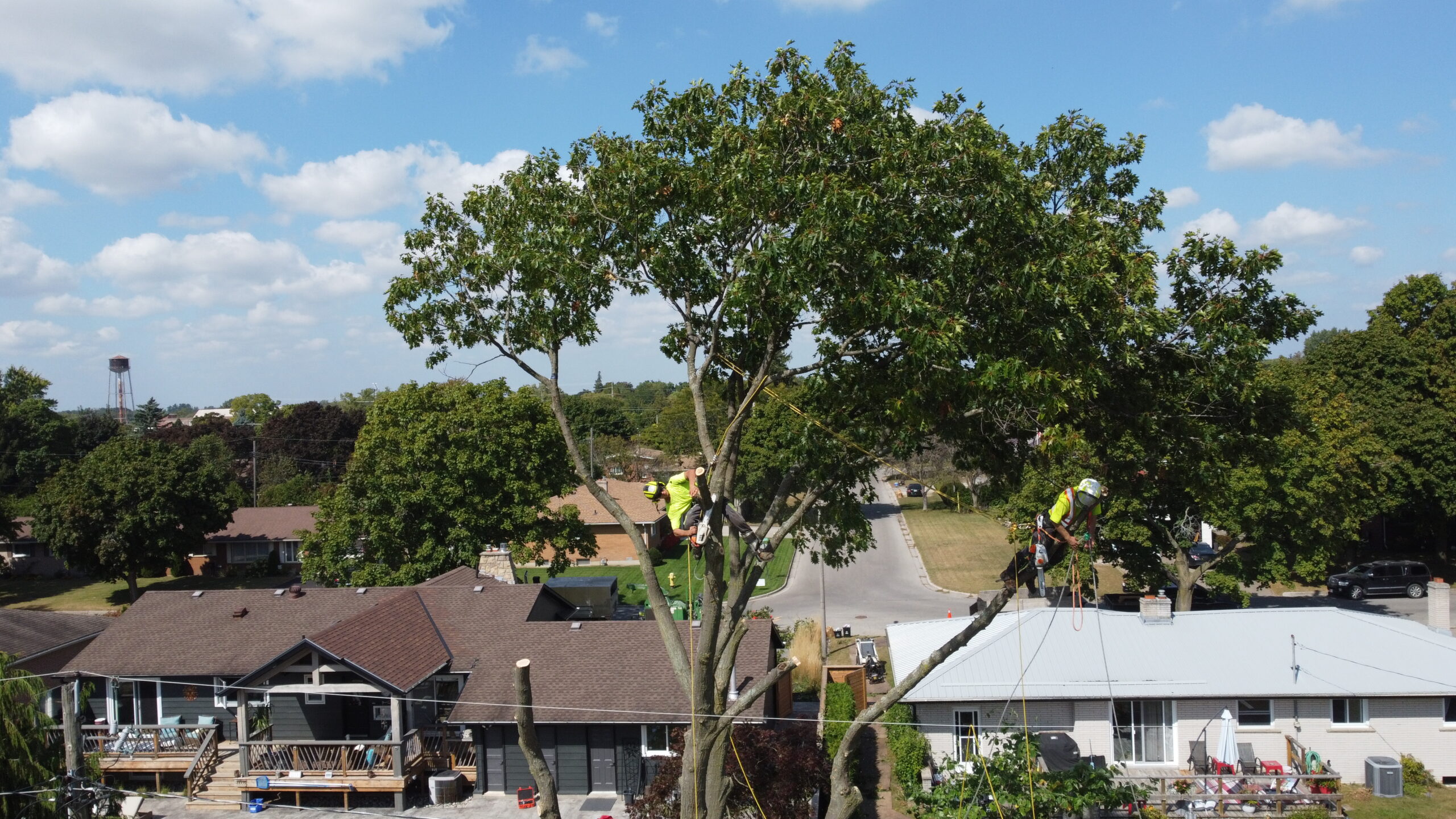Tree Removal vs. Tree Pruning:

When Should You Opt for Each?
As a homeowner, maintaining the trees on your property is essential for both aesthetics and safety. Trees provide shade, enhance curb appeal, and can even increase the value of your home. But when issues arise—such as dead branches, overgrowth, or diseases—knowing whether to remove or prune a tree can be a tough decision. Both options have their benefits, but the key is understanding when each approach is the best choice.
At Sequoia Tree Services, we’re here to help guide you through this important decision by breaking down when it’s better to prune and when it’s time to remove.
When to Choose Tree Pruning
Tree pruning is a common and effective way to maintain the health and safety of your trees. Here are some scenarios where pruning is the best option:
- Dead or Diseased Branches
If your tree has a few dead or diseased branches, pruning can help eliminate these problem areas while preserving the overall health of the tree. Removing damaged limbs prevents the spread of disease and reduces the risk of falling branches that could harm your property or loved ones. - Overcrowded or Overgrown Branches
When trees grow too dense, they can block sunlight from reaching the lower branches or surrounding plants, leading to weaker growth. Pruning can thin out overcrowded branches, improving air circulation and allowing sunlight to penetrate the canopy. This not only helps the tree thrive but also enhances the appearance of your yard. - Storm Damage
Trees often suffer broken or weakened branches after storms. Pruning these damaged areas can restore the tree’s shape and strength, preventing further issues down the line. - Encroaching on Structures
If a tree’s branches are getting too close to your house, power lines, or other structures, pruning can help manage the growth without sacrificing the tree’s presence on your property. Regular maintenance prevents potential damage to your home and ensures safety.
When Tree Removal Is Necessary
While pruning is often a preferred method for tree maintenance, there are times when removal is the only viable option. Here are some situations where tree removal is necessary:
- Extensive Disease or Damage
If a tree is severely diseased or damaged beyond repair, removing it is the safest and most responsible choice. A sick tree poses a significant risk of falling, especially during storms or high winds, potentially causing injury or property damage. Early removal can also prevent the disease from spreading to nearby healthy trees. - Structural Instability
Trees with large splits, a leaning trunk, or compromised roots may be too unstable to save. In these cases, removing the tree is the best option to avoid accidents. Structural instability often goes unnoticed until it’s too late, so regular tree inspections can help identify these risks before they become dangerous. - Hazardous Location
If a tree is located too close to buildings, underground utilities, or high-traffic areas, it may need to be removed for safety reasons. While pruning can help in some cases, removing a tree entirely might be the only solution to eliminate the risk. - Invasive Species
Non-native or invasive tree species can outcompete native plants, potentially causing ecological harm. In these cases, removing the invasive tree can help preserve the balance of your local ecosystem and promote the growth of native species.
Making the Right Choice
Deciding between tree removal and tree pruning depends on the condition of the tree and the level of risk it poses. While pruning is an excellent way to maintain tree health and prevent minor issues from becoming major problems, tree removal is sometimes the only option for dealing with significant damage, disease, or hazards.